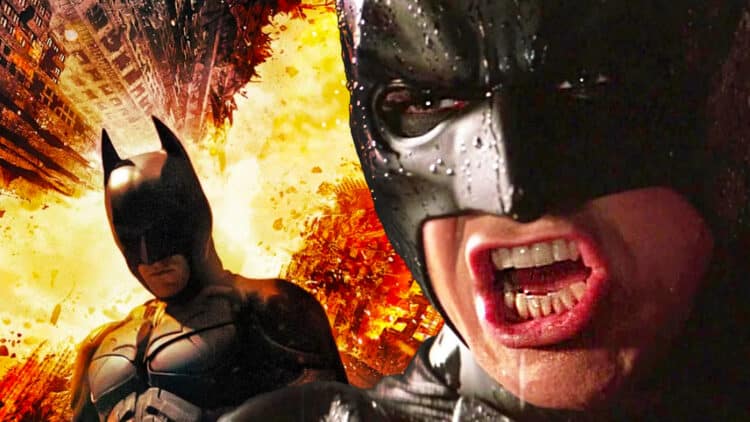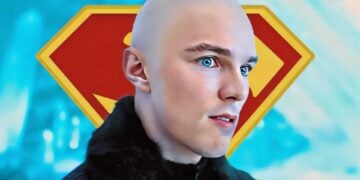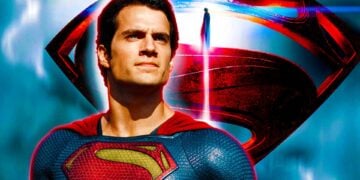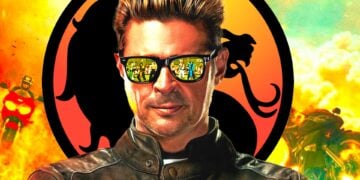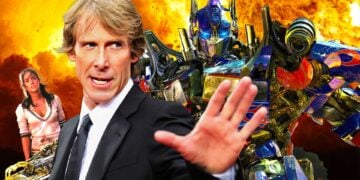While Batman began in the comics with no real compunction about taking the lives of villains, various iterations of Batman in the comics and other media have portrayed his views on killing in radically different ways, especially in Batman’s cinematic portrayals. Some big-screen Batmen, like Michael Keaton and Ben Affleck’s versions, have been shown to kill to varying degrees, while Christopher Nolan’s Dark Knight trilogy saw Christian Bale’s Batman take a firm no-killing stance early on. Despite this, Bale’s Batman has never been as strict about this as his early vow would suggest.
The No-Kill Rule in Batman Begins
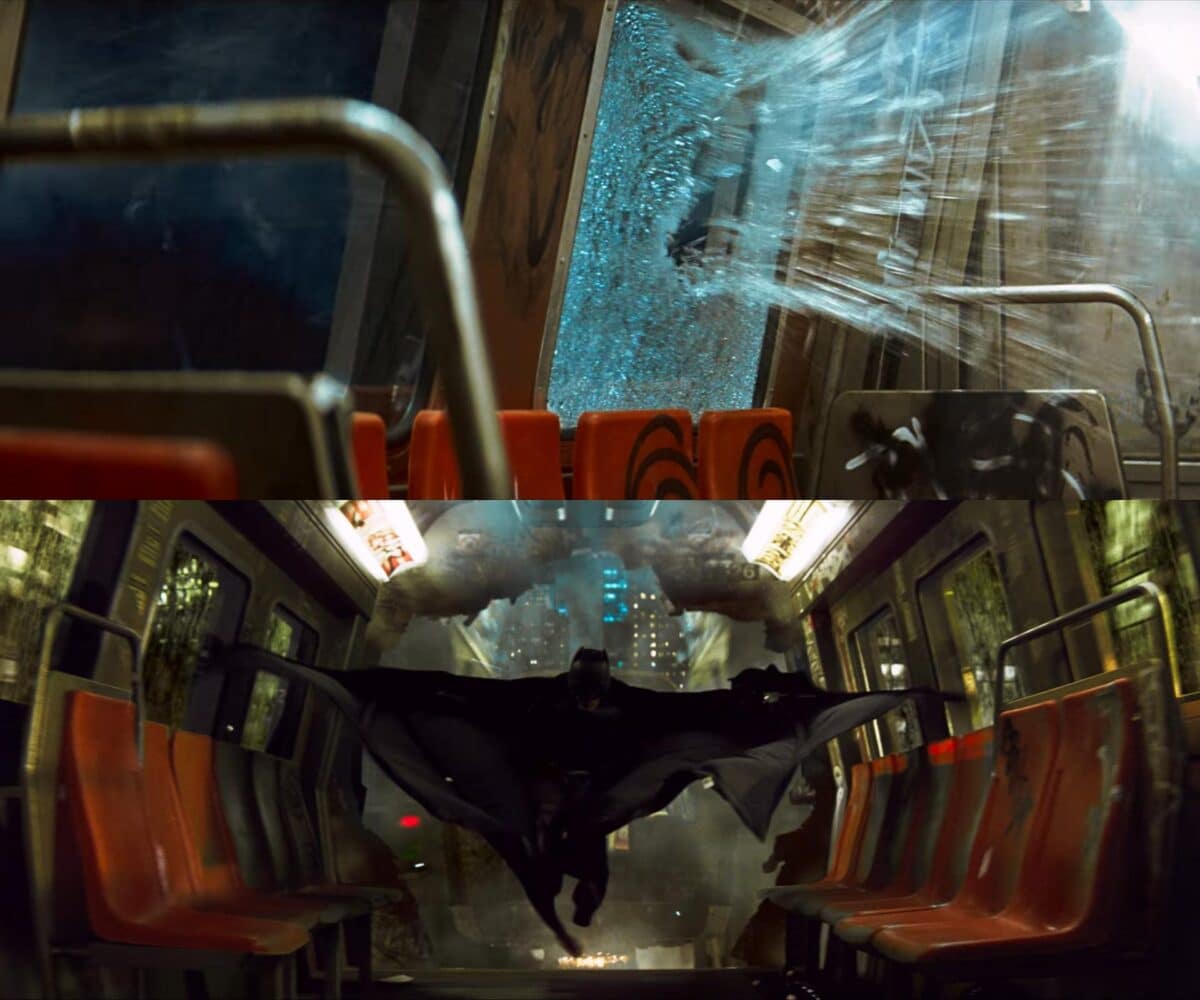
Bale’s Bruce Wayne first establishes his no-kill rule in Nolan’s Batman Begins during his final initiation ritual into the League of Assassins when he is ordered to execute a captured criminal. Bruce refuses to do so, saying that not killing “separates us from them”, but when he decides to defect from the League, he burns down their headquarters as he departs. Admittedly, Bruce does rescue an unconscious Ra’s Al Ghul (Liam Neeson) from falling off a cliff, but it seems like Batman was taking a big risk in assuming that every League ninja would manage to escape the burning compound in time. Even if they did, Bruce also indirectly causes the death of the Ra’s Al Ghul decoy (Ken Watanabe) when flaming debris falls on top of him.
Batman later meets the real Ra’s Al Ghul again in the climactic train battle of Batman Begins, with Batman leaving Ra’s aboard the out-of-control train with the words, “I won’t kill you, but I don’t have to save you.” With Batman and James Gordon (Gary Oldman) coordinated to crash the train to stop the spread of a fear toxin throughout Gotham City, Batman was fully aware that Ra’s would face certain death by leaving him aboard the speeding train. Whether or not he actively “kills” Ra’s here is an argument in semantics, at best, since Batman ultimately causes Ra’s death.
The Dark Knight’s Gray Areas
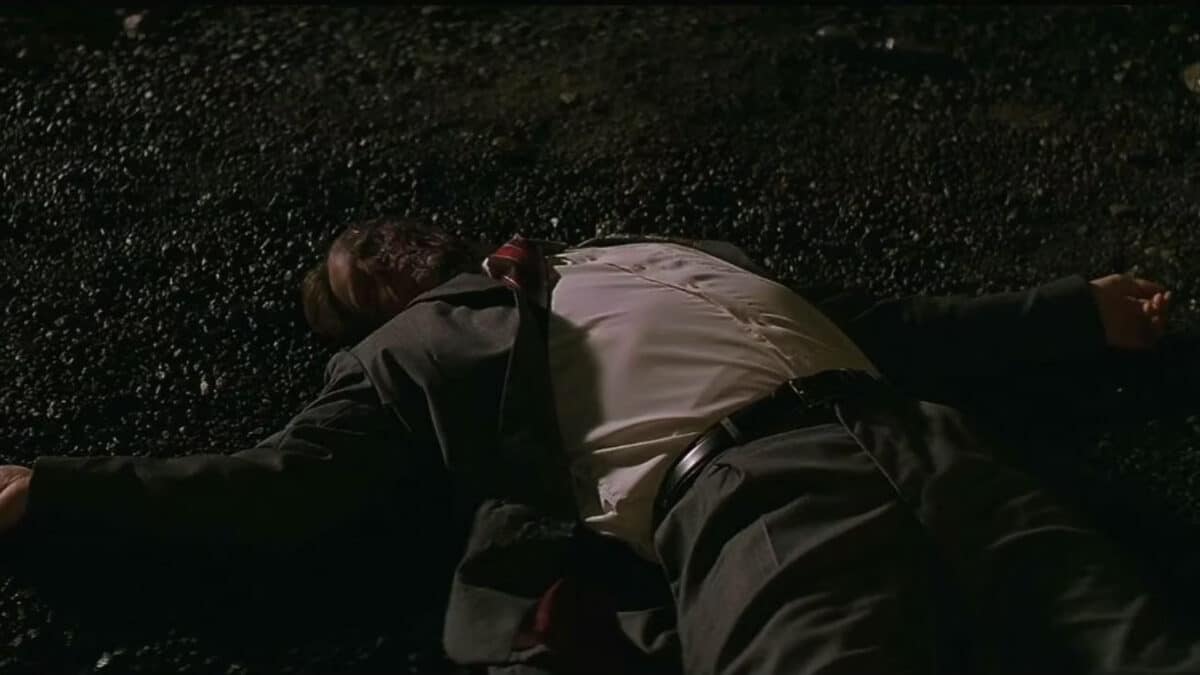
Nolan’s 2008 sequel The Dark Knight also finds wiggle room in Batman’s no-kill rule, such as in the movie’s truck chase, in which Batman anchors a pair of steel cables to the semi-truck being driven by the Joker (Heath Ledger), causing it to flip over. The Joker emerges unharmed, but Batman could not possibly have been sure that the Clown Prince of Crime would survive being inside a flipping semi. Indeed, Batman might have been inching towards indulging in lethal force at this moment, as even he later admits that “I’m considering it” when the Joker insists he can get him to break his no-kill rule.
The ending of The Dark Knight also sees Batman tackle Two-Face (Aaron Eckhart) before he can shoot Commissioner Gordon’s son, with both going off a high ledge and Harvey Dent dying from the fall. It is somewhat debatable as to whether Batman meant for Harvey to go over the ledge or if he simply tackled him to stop him from pulling the trigger. Still, either way, Harvey’s life was ultimately ended by Batman’s hand.
Talia Al Ghul’s Demise in The Dark Knight Rises
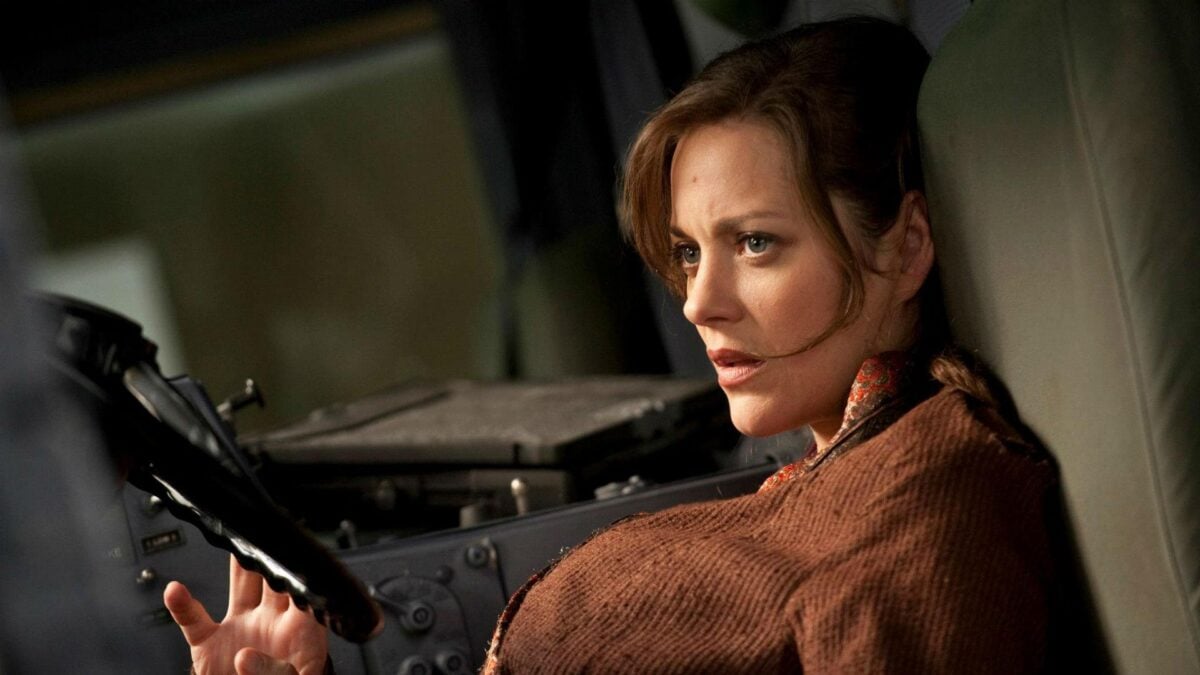
Nolan’s 2012 trilogy capper, The Dark Knight Rises, also ends with another villain demise, with Batman and Catwoman (Anne Hathaway) chasing Talia Al Ghul (Marion Cotillard) through Gotham to get hold of the Wayne Enterprises fusion reactor before it detonates. Batman successfully stops Talia by firing upon her truck, causing it to swerve and go over the gap in an overpass, with Talia dying moments later.
All told, however much Batman might believe in the principle of not killing in The Dark Knight Trilogy, there are plenty of instances where he either bends or outright breaks that rule. It just goes to show that, for as much as the idea of Batman never killing is often set in stone in nerd circles, historically, Batman has found himself in situations where he cannot save innocent people’s lives without taking a villain’s life (not unlike Superman in Man of Steel.)
What are your thoughts on Batman breaking his no-kill rule in The Dark Knight Trilogy? Also, find out why James Gunn’s Superman can’t stick to the no-kill rule.

